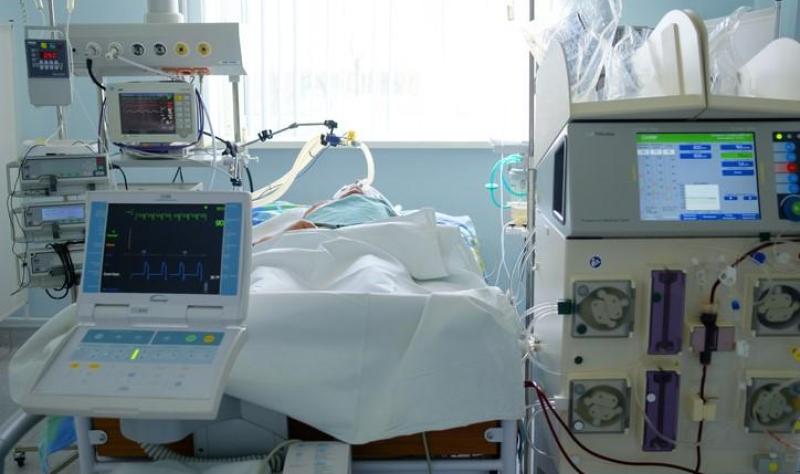Cambodia’s health ministry today announced another H5N1 avian flu infection, the country’s 14th of the year. Meanwhile, global health groups yesterday updated their risk assessment of H5N1 based on recent developments, including an ongoing spike in human infections in Cambodia.
Patient had recently slaughtered chickens
Cambodia’s latest case involves a 26-year-old man from Siem Reap province in the northwestern part of the country who is hospitalized and receiving treatment in the intensive care unit (ICU), the ministry said in a Facebook post that was translated and posted by Avian Flu Diary, an infectious disease news blog. The man’s illness was confirmed on July 26.
Investigators found that there were sick and dead chickens near the patient’s home and that he had slaughtered some 3 days before his symptoms began. Health officials are probing the situation in poultry, tracing the man’s contacts, and distributing oseltamivir (Tamiflu) to close contacts.
Erik Karlsson, PhD, who is with the National Influenza Center and Pasteur Institute in Cambodia, said on X today that, of the 14 cases reported this year, 7 were fatal, amounting to a case-fatality rate (CFR) of 50%. He also noted that, since 2005, of 86 human H5N1 infections reported in the country, 50 were fatal, for a CFR of 58.1%.
Cambodia continues to take a One Health approach as it responds to outbreaks in poultry and infections in people, Karlsson said, adding that early detection, rapid diagnostics, and cross-sector collaboration are essential for responding to current and future spillover events.
Many of latest human cases have involved a reassortant (2.3.2.1e) between an older H5N1 clade that has circulated in Cambodia since 2014 and the newer clade 2.3.4.4b virus that is circulating globally. The rise in human cases began at the end of 2023 and has accelerated this summer, with 11 reported over the past 2 months.
H5N1 risk higher for those with frequent exposure
In another related development, the UN Food and Agriculture Organization, the World Health Organization, and the World Organization for Animal Health yesterday published an updated risk assessment, which covers new H5 avian flu detections in animals and humans since their last update in April.
Overall, they said the global public health risk is still low, but they said the risk is low to moderate for people with occupational or frequent exposure to infected animals, depending on risk mitigation steps that are in place, the hygiene situation, and the local epidemiologic situation.
Of 16 new human cases since April noted in the risk assessment, all were previously reported, including 9 from Cambodia. Of 14 poultry outbreaks included during the period, 9 occurred in the vicinity of human cases. The other human cases were in Bangladesh, India, China, Mexico, and Vietnam. Three different H5N1 clades were involved: 2.3.2.1a from India and Bangladesh, 2.3.2.1e from Cambodia, and 2.3.4.4b from China and Mexico. The report didn’t note the clade for Vietnam’s case.
Alongside ongoing circulation in poultry and wild birds, some of the new detections in animals included H5N1 in captive serval cats in Bangladesh, domestic cats on a poultry farm in Belgium, milk from a single sheep in the United Kingdom, poultry breeder birds at a farm in Brazil, and harbor seals and sea otters in Japan.
